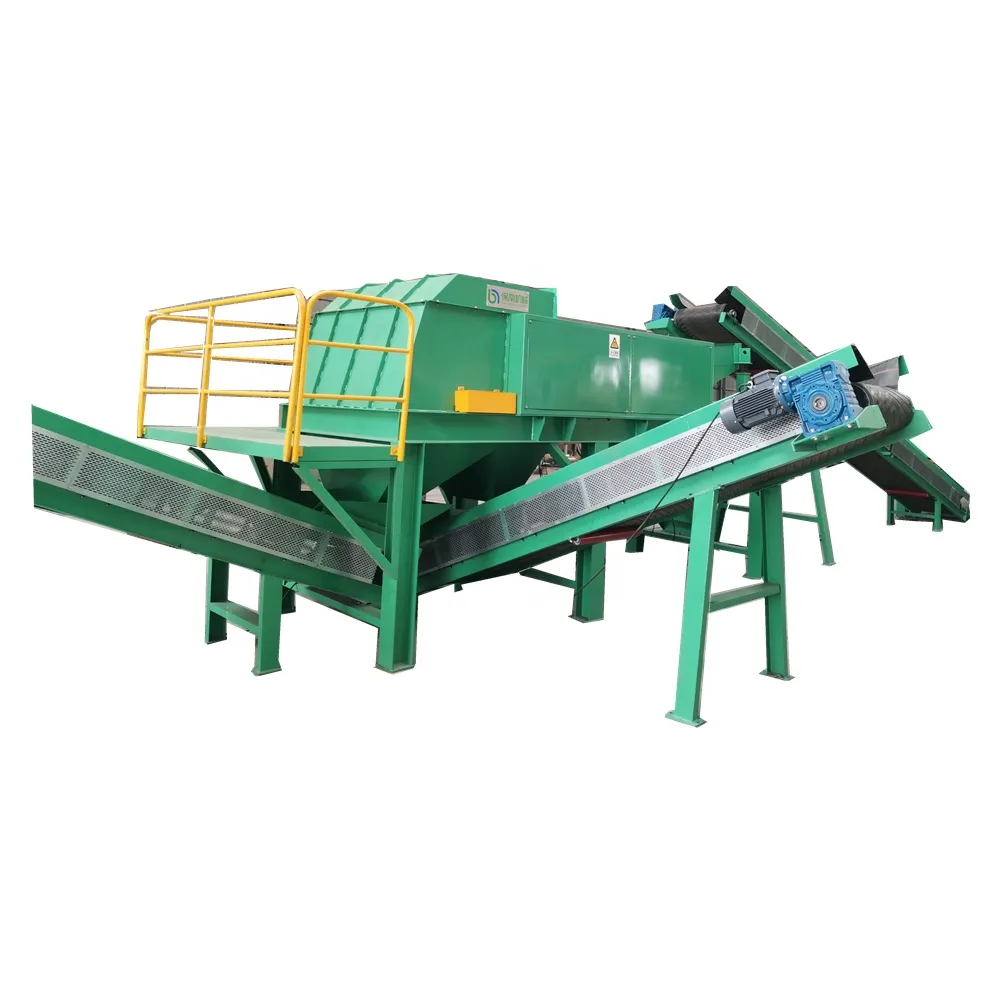
12 月 . 03, 2024 18:46 Back to list
Aluminium Eddy Current Understanding the Phenomenon and Its Applications
Eddy currents are loops of electric current that are induced within conductors by a changing magnetic field, according to Faraday's law of electromagnetic induction. While this phenomenon occurs in various conductive materials, aluminium has garnered significant attention due to its unique properties and widespread applications. In this article, we will explore the nature of aluminium eddy currents, how they are formed, their effects, and their practical applications.
1. The Fundamentals of Eddy Currents
When a conductor, such as aluminium, is exposed to a changing magnetic field, the movement of electrons within the material creates circulating currents, known as eddy currents. These currents can generate thermal energy through resistance and can also produce magnetic fields in opposition to the original magnetic field. The efficiency of eddy current induction depends on several factors, including the conductivity and permeability of the material, as well as the frequency of the magnetic field changes.
2. Characteristics of Aluminium
Aluminium is a highly conductive metal with a lower density compared to other metals like copper, making it an attractive choice for many applications. Its excellent thermal and electrical conductivity means that eddy currents can be generated effectively within it. Additionally, aluminium's malleability and resistance to corrosion further enhance its utility. However, its non-magnetic property sets it apart from ferromagnetic materials, resulting in different behaviors when subjected to magnetic fields.
3. Effects of Eddy Currents in Aluminium
Eddy currents can have both beneficial and detrimental effects when it comes to aluminium. On the positive side, they can be harnessed for applications such as induction heating and magnetic levitation. In induction heating, for instance, eddy currents are used to heat aluminium quickly and evenly without direct contact, making the process efficient for various manufacturing applications.
Conversely, unwanted eddy currents can lead to energy loss in electrical systems, particularly in transformers and electric motors, where heat generated by these currents can degrade performance and efficiency. This is known as ‘eddy current loss’ and can pose a challenge in designing systems that utilize aluminium, necessitating careful consideration and design modifications to mitigate these effects.

4. Applications of Aluminium Eddy Currents
The application of aluminium eddy currents spans a wide range of industries
- Induction Heating As mentioned earlier, aluminium can be heated rapidly through eddy currents, making it ideal for processes such as metal hardening, cooking applications, and welding.
- Non-Destructive Testing Eddy current testing is a method used in non-destructive testing to detect flaws in conductive materials, including aluminium. It helps in identifying cracks and other imperfections without causing damage, ensuring safety in critical components like aircraft parts and pipelines.
- Electromagnetic Braking Aluminium eddy currents play a crucial role in electromagnetic braking systems, particularly in high-speed trains and roller coasters, where safety and performance are paramount.
- Recycling of Aluminium Eddy current separation is a technique used in recycling facilities to differentiate between non-ferrous metals, including aluminium. This process helps in efficiently recovering valuable materials while minimizing waste.
Conclusion
Understanding aluminium eddy currents is essential for harnessing their potential benefits in various applications while mitigating their adverse effects. From manufacturing and testing to recycling and transportation, the role of eddy currents in aluminium continues to be a focal point for innovation and industrial advancement. As we strive towards more efficient and sustainable practices, the study of aluminium eddy currents will undoubtedly remain a vital area of research and application in the ever-evolving landscape of technology and engineering.
Latest news
Unveiling the Power of Eddy Current Separator
NewsSep.25,2024
Transform Your Home Recyclin:home metal shredder
NewsSep.25,2024
The Future of Waste Management with Recycling Line Picker
NewsSep.25,2024
The Benefits of a Metal Recycling Plant
NewsSep.25,2024
Revolutionize Material Separation with Onwang Technology
NewsSep.25,2024
Innovative Waste Management: Unveiling the MSW Sorting Plant
NewsSep.25,2024